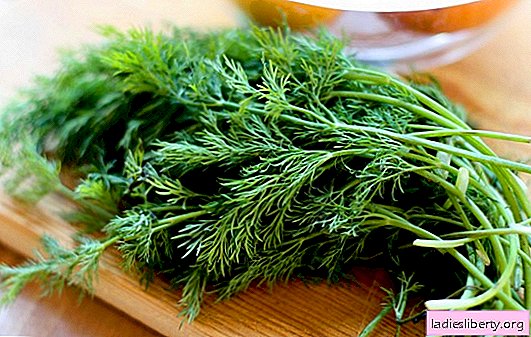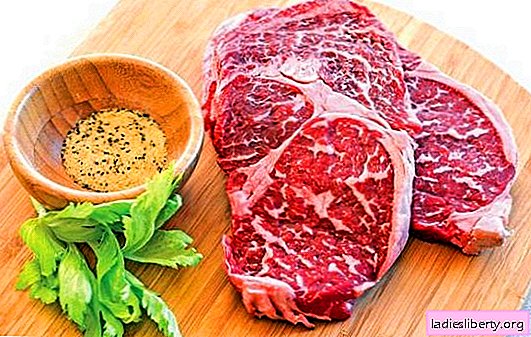
Aconite It belongs to the category of poisonous plants of the buttercup family. All parts of the plant are considered poisonous, the level of toxicity of aconites depends on the specific species and place of growth. Erect, less often winding stalk reaches a height of two or more meters, the root is thickened, tuberous. The flowers have a helmet-like shape of various colors, usually collected in a long multi-flowered brush up to 50 cm long. Flowers of a peculiar form, depending on the species, have blue, purple, yellow, less often motley or white color.
Aconite - types and places of growth
The genus has about 300 species. The most common aconites:
1. Aconite napellus (blue) - grows in the territory of Central and Southern Europe. In height reaches 130 cm; the stalk is straight, forms a pyramidal bush with five-section shiny leaves and flowers of blue, white-bluish color.
2. Aconite variegated - it can be found in the European part of our country and Central Europe. Height - up to 1.5 m; has dense dissected leaves and flowers of blue or blue color.
3. Aconite Fisher - found in the forests of the Far East. Height - up to 160 cm; leaves - dissected into several lobes; brush - thick, white or blue.
4. Aconite high - recorded in the south of Siberia and in the mountains of Central Asia. The stem is thick, erect; leaves - dissected rhombic form; dirty purple flowers.
5. Oak arabite - grows in Mongolia, Siberia. Height - up to 85 cm; stalk - straight, bare at the bottom; leaves - palmately dissected; the flowers are yellow or green.
6. Aconite woolly-resistant - distributed in Russia. Height - up to 100 cm; the stalk is straight, ribbed at the base; leaves are wide serrated; the flowers are yellow.
7. Aconite climbing - the species lives in the forests of East Asia. Stem - twisted up to 2 m in height; leaves are tripartite; flowers are dark lilac.
8. Altai aconite - found in Altai. Stem - straight up to 150 cm in height; leaves - palmately dissected; the flowers are blue.
9. Wolf aconite - grows in Siberia and the European part of the country. Flowers - light yellow, height - up to 70 cm.
10. Eastern aconite - recorded in the Caucasus and Asia Minor. Stem - straight or slightly bent to 2.5 m in height; brush - a rare, light purple color.
Aconite - healing properties
Aconite is used in homeopathy and traditional medicine. It has antiseptic, anti-inflammatory, antitumor, antispasmodic properties. It is used for various diseases: musculoskeletal system, neuralgia, oncology, epilepsy, headaches, pneumonia, pulmonary tuberculosis, peptic ulcer disease, hypertension, diphtheria, pediculosis, etc.
Aconite has also proven itself as an anthelmintic and wound healing agent.
Aconite - dosage forms
In the treatment of various ailments, tincture from the tubers of the plant is mainly used. It is necessary to use the manufactured medicine in extremely small doses as a painkiller for painful pains (rubbing, inside), an antiparasitic agent for pediculosis and scabies (rubbing into the skin) and the presence of worms (inside).
Preparation of tincture: finely ground dry roots of aconite (1 teaspoon) pour 500 ml of vodka, leave for a couple of weeks in a dark place. Shake daily! Then strain. Reception begins with 1 drop per 50 ml of liquid, adding dropwise with each use (apply three p. Per day). Having reached 10 drops, take the tincture for a week, then also gradually reduce the dosage. Then take a break for 1-2 months, then repeat the course.
Compresses are made on problem areas of the skin. Moisten a gauze napkin in a medical tincture, attach to a sore spot for 1 hour, 3 r. in a day.
Aconite - special instructions
Contraindication - sensitivity to the drug. It should also be remembered that aconite is a poisonous plant, so you must handle it with extreme caution, in no case exceed the dosage described above.
Comments











